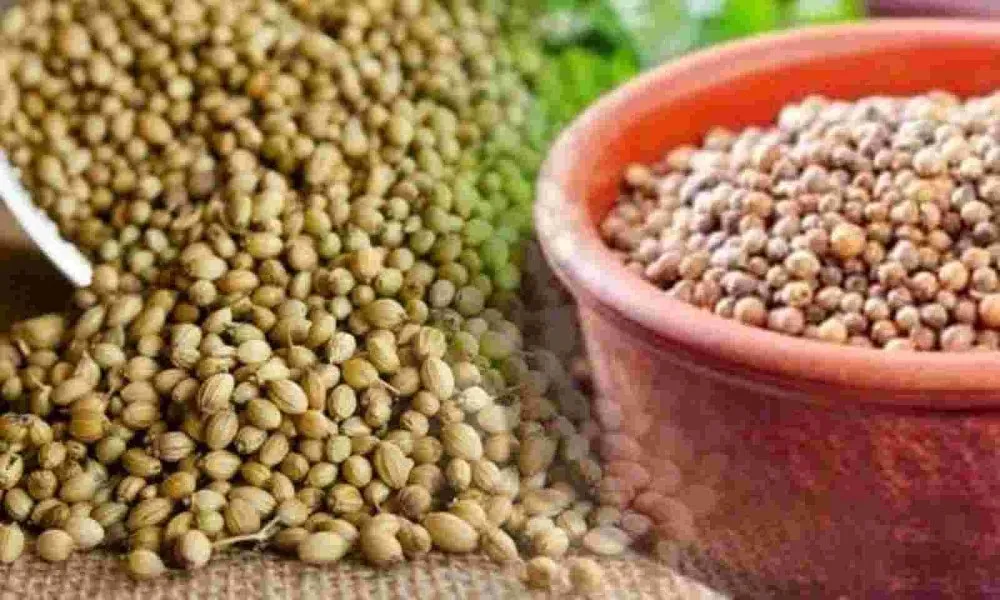Health benefits of Soup
Is vegetable Soup Good For Weight Loss At Night?

Health benefits of Soup
Top 5 Benefits Of Broccoli Soup
Health benefits of Soup
Coriander Seeds Nutrition In Hindi- धनिया में पाए जाने वाले पोषक तत्त्व
Health benefits of Soup
5 Amazing Benefits Of Soup At Night│EATING SOUP FOR DINNER
-

 Fruits5 months ago
Fruits5 months agoEating Kiwi At Night Is Good Or Bad?
-

 Fruits4 months ago
Fruits4 months agoMosambi (Sweet Lime)- Health Benefits, Nutritional Facts, Calories and Best time to drink Mosambi juice
-

 Nutrition Facts2 years ago
Nutrition Facts2 years agoBenefits Of Eating Dry Fruits At Night
-

 Health benefits of Juice5 months ago
Health benefits of Juice5 months agoCan We Eat Oranges During Periods?
-

 Nutrition Facts3 years ago
Nutrition Facts3 years agoThe Egg is Veg or Non-Veg
-

 Fruits5 months ago
Fruits5 months agoIs Eating Grapes at Night Good or Bad? Know the Benefits, Drawback and Grape Snacks
-

 Fruits4 months ago
Fruits4 months ago17 Best Foods For Hair Growth And Hair Regrowth: What To Eat, Drink & Avoid
-

 Fruits5 months ago
Fruits5 months agoHow Much Papaya Seeds Should I Eat Per Day












